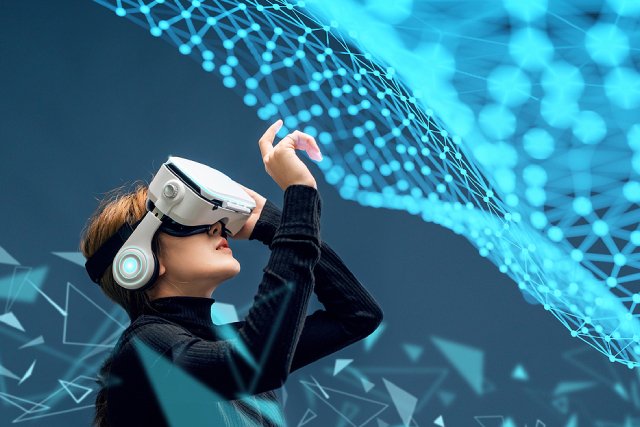In the realm of technological advancements, Virtual Reality (VR) stands out as a revolutionary milestone, transforming how we interact with digital environments. The concept of VR, a term coined in 1987 by Jaron Lanier, refers to the computer-generated simulation of a three-dimensional environment that can be interacted with in a seemingly real or physical way by a person using special electronic equipment, such as helmets with screens inside or gloves fitted with sensors.
The Foundation of Virtual Reality
The inception of VR technology was marked by the ambitious vision of creating an immersive experience that transcends the boundaries of physical reality. At its core, VR utilizes computer modeling and simulation to enable users to engage with artificial 3-D visual or other sensory environments. This is achieved through the use of interactive devices that send and receive information, worn as goggles, headsets, gloves, or even full-body suits. In a typical VR setup, the user, adorned with a helmet that houses a stereoscopic screen, is transported into animated scenes of a simulated world. The realism of these environments is heightened by motion sensors that capture the user’s movements and instantaneously adjust the view on the screen accordingly, fostering an illusion of telepresence, or the sensation of “being there.”
The Technology Behind the Illusion
One of the most compelling aspects of VR is its ability to simulate not just visual, but also tactile experiences. Through the use of data gloves equipped with force-feedback devices, users can experience the sensation of touch, enabling them to pick up and interact with objects within the virtual environment. This level of interaction is pivotal in creating a convincing and immersive experience that blurs the line between the virtual and the real.
The Historical Context of Virtual Reality
The journey of VR from concept to reality was significantly influenced by the collaborative efforts of the federal government, including the Department of Defense, the National Science Foundation, and the National Aeronautics and Space Administration (NASA), along with academia. These partnerships funded projects that not only advanced the field of computer graphics, simulation, and networked environments but also cultivated a pool of talented individuals who would become the pioneers of VR technology. This synergy between academic research, military applications, and commercial ventures laid the groundwork for the VR industry as we know it today.
The Multifaceted Applications of Virtual Reality
Today, VR has transcended its initial entertainment-based applications to become a versatile tool in education, training, and research. It offers unparalleled opportunities for immersive learning, enabling students and professionals to practice and hone their skills in lifelike scenarios without the risks associated with real-world training. Moreover, VR has opened new frontiers in medical therapy, architectural visualization, and remote collaboration, showcasing its potential to reshape various industries fundamentally.
Conclusion
Virtual Reality represents a significant leap forward in our ability to interact with and understand digital environments. By immersing users in convincingly realistic settings, VR bridges the gap between the digital and the tangible, offering experiences that were once the realm of science fiction. As VR technology continues to evolve, its impact on society is bound to expand, promising a future where the boundaries of reality are limited only by our imagination.
Also, read more at “kiendel.com“
